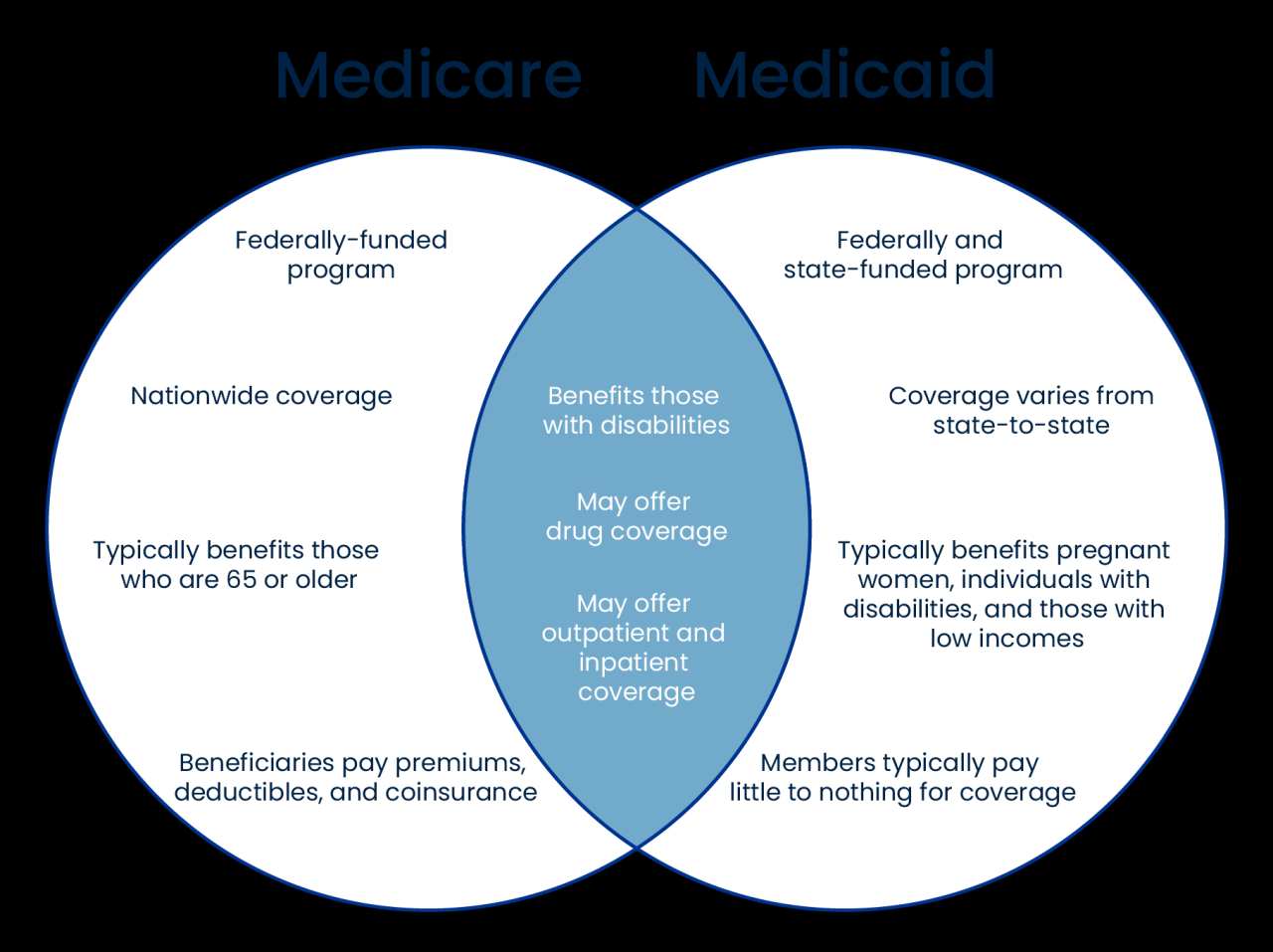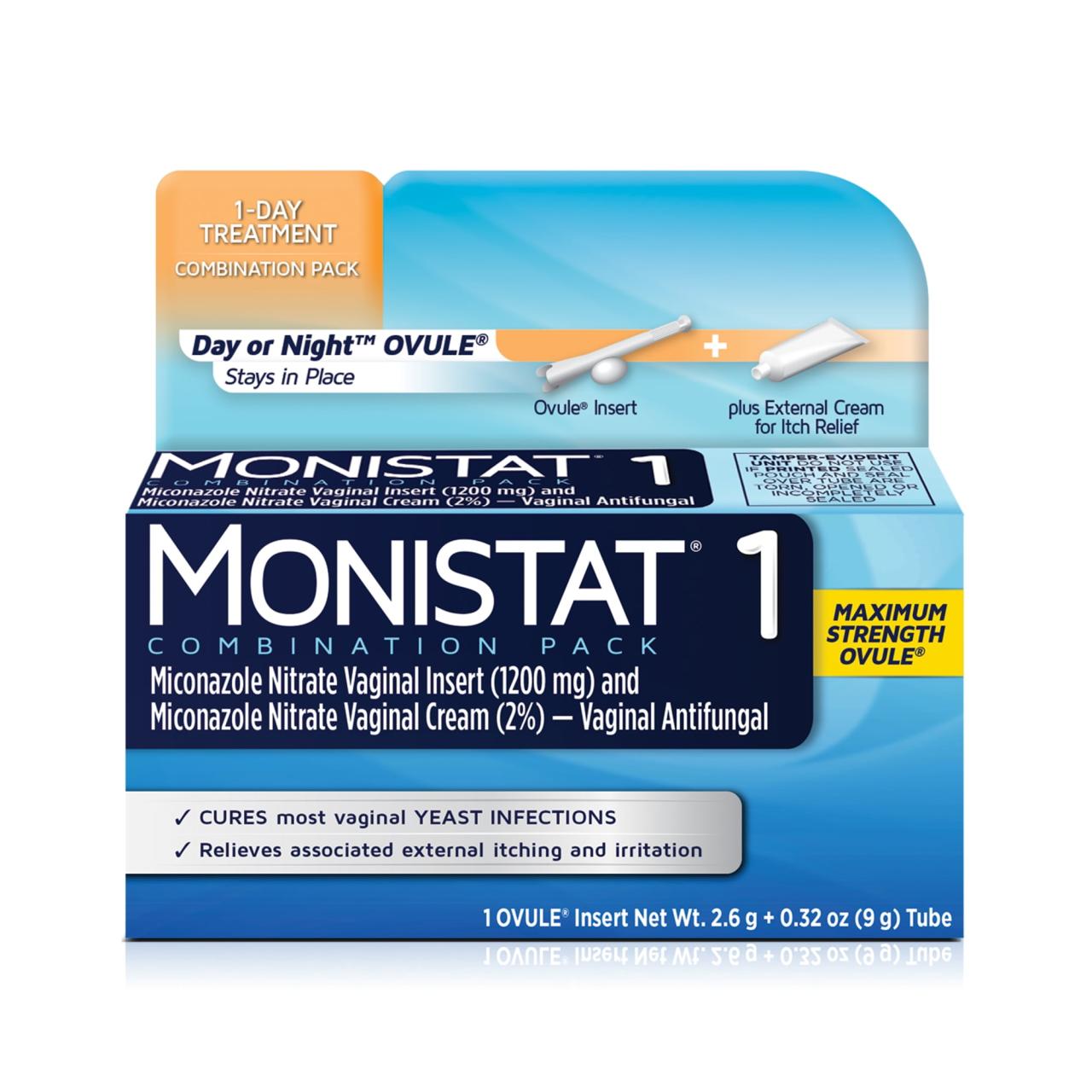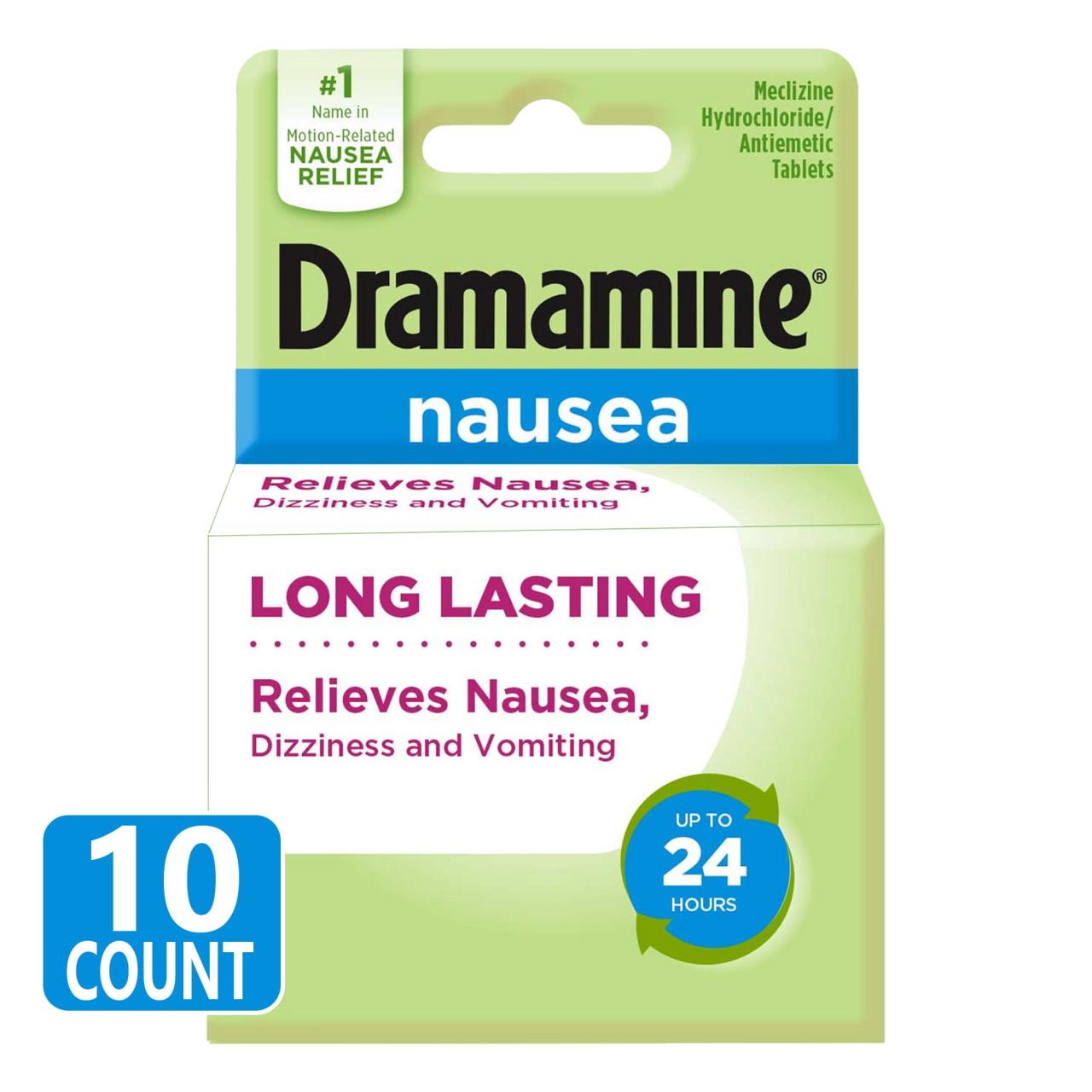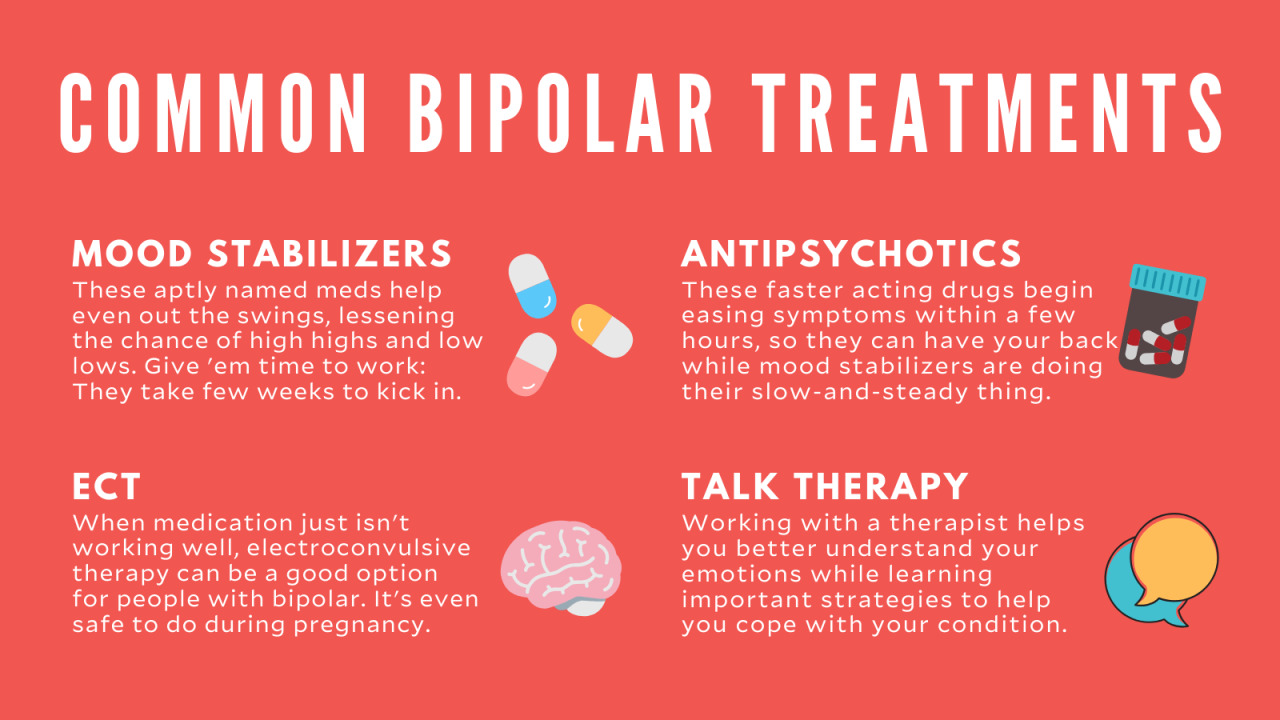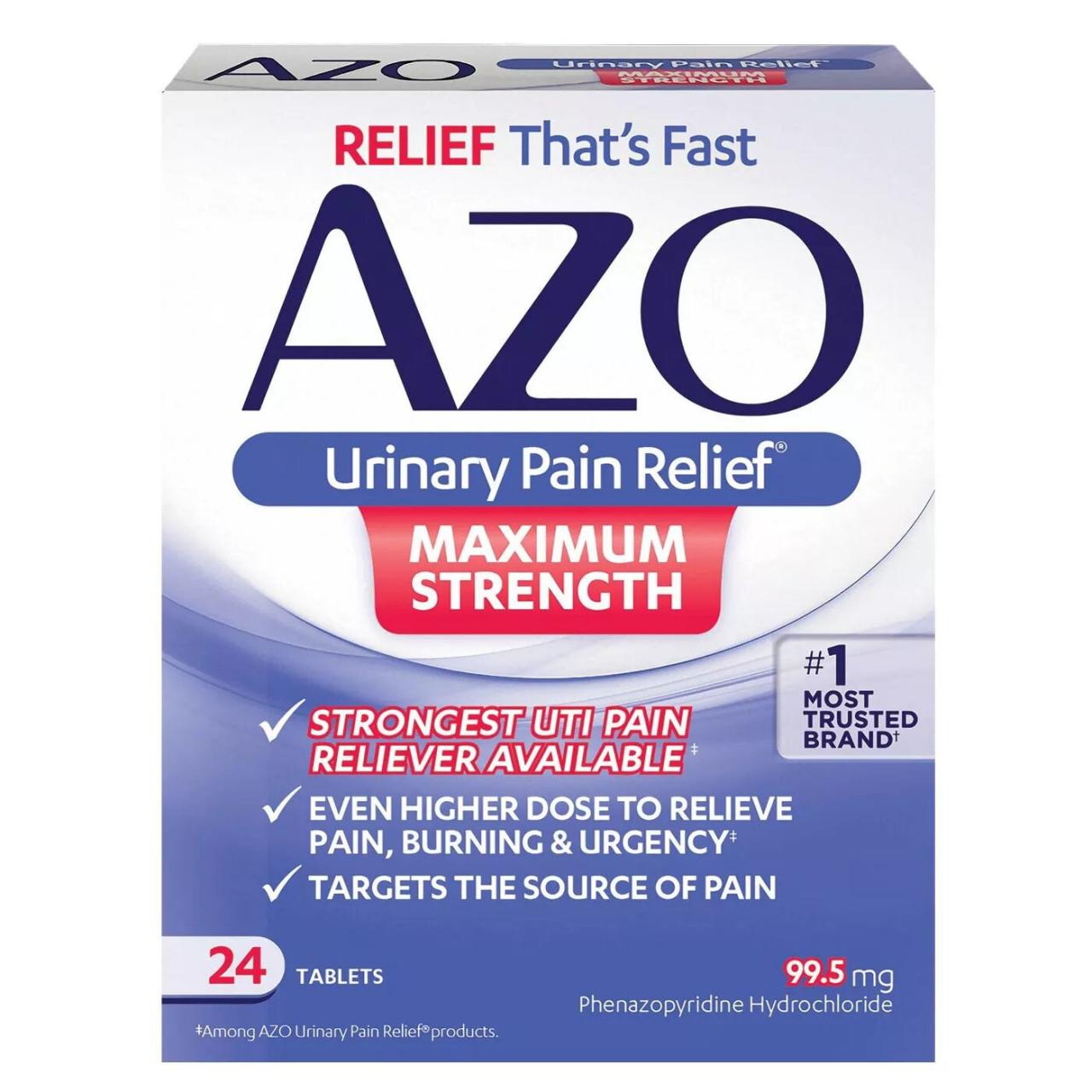PRN medical abbreviation, meaning “pro re nata” or “as needed,” is a common term in healthcare that plays a crucial role in patient care. It signifies that a medication or treatment is administered only when necessary, based on the individual patient’s needs and condition.
This approach allows for personalized care and minimizes the risk of over-medication.
Understanding the significance of PRN medication is essential for both healthcare professionals and patients. It empowers individuals to actively participate in their treatment plan, ensuring that medications are administered only when they are truly required.
Understanding “prn” in Medical Terminology
In the world of medicine, abbreviations are commonplace, serving as a shorthand way to convey essential information efficiently. One such abbreviation that is frequently encountered is “prn.” Understanding the meaning and implications of “prn” is crucial for both healthcare professionals and patients.
What Does “prn” Mean?
“prn” is a medical abbreviation that stands for “pro re nata,” which is Latin for “as needed.” In essence, “prn” indicates that a medication or treatment should be administered only when a specific need arises, rather than on a fixed schedule.
Examples of “prn” in Medical Context
- Pain Medication:A patient might be prescribed pain medication “prn” to manage discomfort, meaning they can take it whenever they experience pain, within the prescribed dosage limits.
- Anti-nausea Medication:If a patient is experiencing nausea or vomiting, they might receive anti-nausea medication “prn” to alleviate their symptoms.
- Antibiotics:In some cases, antibiotics may be administered “prn” for specific infections, such as urinary tract infections (UTIs), depending on the severity of the symptoms.
Significance of “prn” in Patient Care
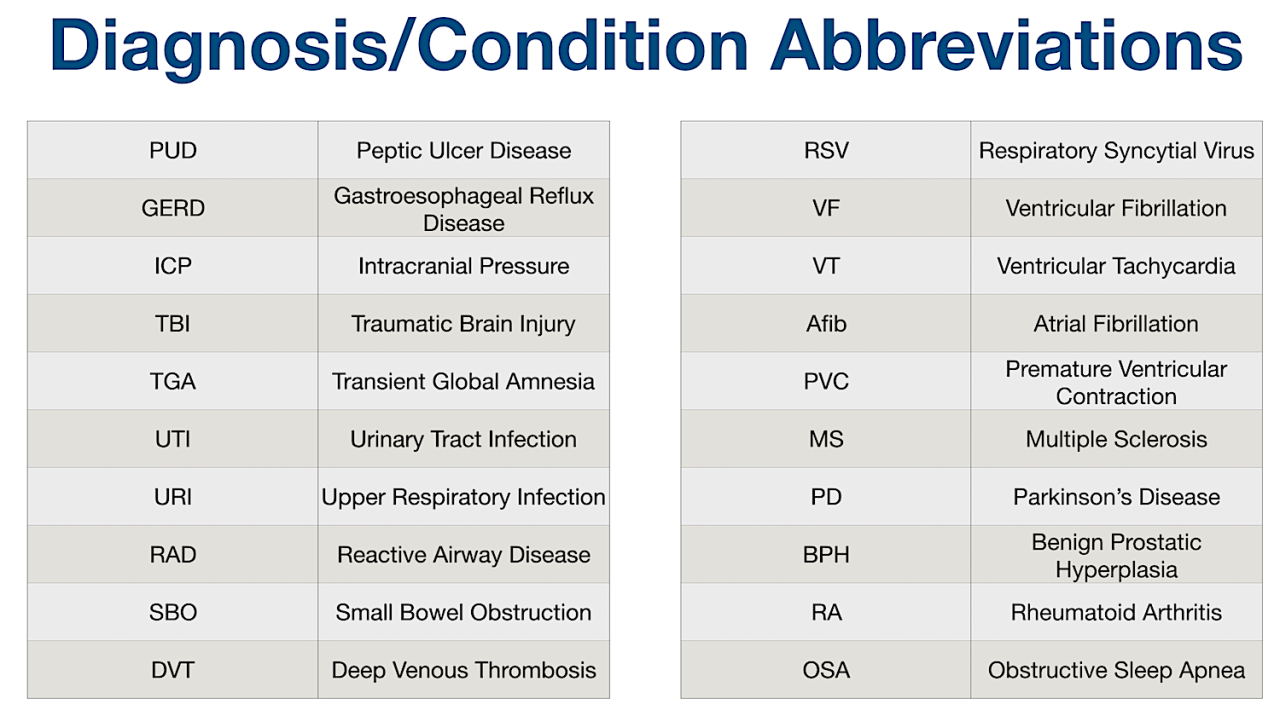
“prn” plays a significant role in patient care by allowing for individualized treatment based on the patient’s specific needs. It promotes patient autonomy by empowering them to take control of their health and seek relief when necessary. By avoiding unnecessary medication or treatment, “prn” also helps minimize potential side effects and drug interactions.
The Importance of “prn” in Medication Administration
The use of “prn” in medication administration is essential for ensuring safe and effective patient care. It allows healthcare providers to tailor medication regimens to the individual needs of each patient, taking into account their unique symptoms and responses to treatment.
Role of “prn” in Medication Administration
“prn” medication administration provides flexibility in managing symptoms and allows for adjustments based on a patient’s changing needs. It empowers healthcare providers to respond to fluctuating symptoms and ensure the patient’s comfort and well-being.
Decision-Making Process for “prn” Medication
The decision to administer medication “prn” involves a careful assessment of the patient’s condition, including:
- Severity of Symptoms:The intensity and frequency of symptoms are crucial factors in determining the need for “prn” medication.
- Patient’s Response to Previous Treatments:Previous responses to medication, including effectiveness and side effects, inform the decision-making process.
- Potential Risks and Benefits:Healthcare providers weigh the potential benefits of “prn” medication against the potential risks, such as side effects and drug interactions.
Risks and Benefits of “prn” Medication
While “prn” medication offers numerous benefits, it’s important to acknowledge potential risks. Overuse of “prn” medication can lead to dependence or addiction, while underuse may result in inadequate symptom management. Balancing these risks and benefits requires careful monitoring and communication between healthcare providers and patients.
Examples of Medications Commonly Administered “prn”: Prn Medical Abbreviation
Several types of medications are frequently administered “prn” due to their specific indications and the need for individualized symptom management. These medications often target common conditions that fluctuate in severity and require tailored treatment.
Common Types of Medications Administered “prn”
- Pain Relievers:Analgesics, such as acetaminophen, ibuprofen, and opioids, are commonly prescribed “prn” for pain management, allowing patients to take medication as needed for discomfort.
- Anti-nausea Medications:Medications to prevent or treat nausea and vomiting, such as ondansetron and promethazine, are often administered “prn” to address these symptoms as they arise.
- Anti-anxiety Medications:Benzodiazepines and other anti-anxiety medications may be prescribed “prn” to manage anxiety or panic attacks, providing relief as needed.
Reasons for “prn” Administration
The reasons for administering specific medications “prn” vary depending on the medication and the condition being treated. Common reasons include:
- Fluctuating Symptoms:Medications for conditions with fluctuating symptoms, such as pain or nausea, are often given “prn” to address the symptoms as they occur.
- Individualized Needs:“prn” administration allows for individualized treatment based on a patient’s unique responses to medication and their specific needs.
- Minimizing Side Effects:By administering medication only when needed, “prn” can help minimize potential side effects and drug interactions.
Examples of Specific Medications and “prn” Indications, Prn medical abbreviation
- Acetaminophen (Tylenol):“prn” for mild to moderate pain.
- Ondansetron (Zofran):“prn” for nausea and vomiting associated with chemotherapy or surgery.
- Lorazepam (Ativan):“prn” for anxiety or panic attacks.
Documentation and Communication in Relation to “prn”
Clear and accurate documentation is essential when administering medications “prn.” This ensures continuity of care, promotes patient safety, and facilitates communication among healthcare providers.
Importance of Documentation
- Patient Safety:Accurate documentation helps prevent medication errors and ensures that patients receive the appropriate medication at the right time and dosage.
- Continuity of Care:Documentation provides a comprehensive record of the patient’s medication history and allows healthcare providers to track their progress and adjust treatment plans as needed.
- Legal Protection:Detailed documentation serves as a legal record, protecting healthcare providers in the event of any disputes or claims.
Communication Between Healthcare Providers
Effective communication between healthcare providers is crucial when administering medications “prn.” This ensures that all relevant information is shared, including the patient’s symptoms, medication responses, and any changes in their condition.
Sample Documentation Template
A sample documentation template for “prn” medication administration might include:
- Patient Name and Date of Birth
- Medication Name and Dosage
- Reason for Administration (e.g., pain, nausea, anxiety)
- Time of Administration
- Patient’s Response to Medication
- Any Adverse Effects or Concerns
- Nurse’s Signature and Date
Legal and Ethical Considerations of “prn” Medication
The administration of “prn” medication raises important legal and ethical considerations, particularly regarding patient autonomy, informed consent, and potential risks and liabilities.
Legal and Ethical Considerations
- Informed Consent:Patients must be informed about the risks and benefits of “prn” medication and provide informed consent before receiving it.
- Patient Autonomy:Patients have the right to refuse medication, even if it is prescribed “prn.” Healthcare providers must respect patient autonomy and provide clear explanations about the medication and its potential effects.
- Documentation:Accurate and detailed documentation of “prn” medication administration is essential for legal and ethical compliance.
Risks and Liabilities
The administration of “prn” medication can carry potential risks and liabilities for healthcare providers. These include:
- Medication Errors:Incorrect dosage or administration of “prn” medication can lead to adverse effects and potential legal consequences.
- Overuse or Underuse:Overuse of “prn” medication can lead to dependence or addiction, while underuse may result in inadequate symptom management.
- Patient Harm:If “prn” medication is administered inappropriately, it can lead to patient harm and potential legal claims.
Comparison Table
Here is a table comparing “prn” medication administration to other medication administration methods:
| Method | Description | Pros | Cons |
|---|---|---|---|
| prn | Administered as needed | Flexible, individualized, minimizes side effects | Potential for overuse or underuse, requires careful monitoring |
| Scheduled | Administered at regular intervals | Predictable, consistent dosing | May not address fluctuating symptoms, potential for overmedication |
| On-demand | Administered immediately upon request | Quick relief, patient-centered | Potential for overuse, may not be appropriate for all medications |
Final Review
PRN medication administration, while beneficial for personalized care, requires careful consideration. Healthcare professionals must weigh the potential benefits against the risks, ensuring clear communication and accurate documentation. By understanding the intricacies of PRN, we can promote patient safety and optimize treatment outcomes.



